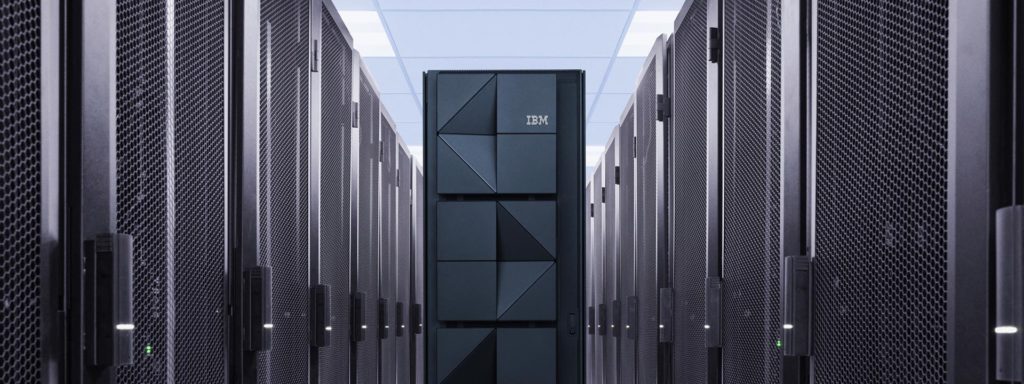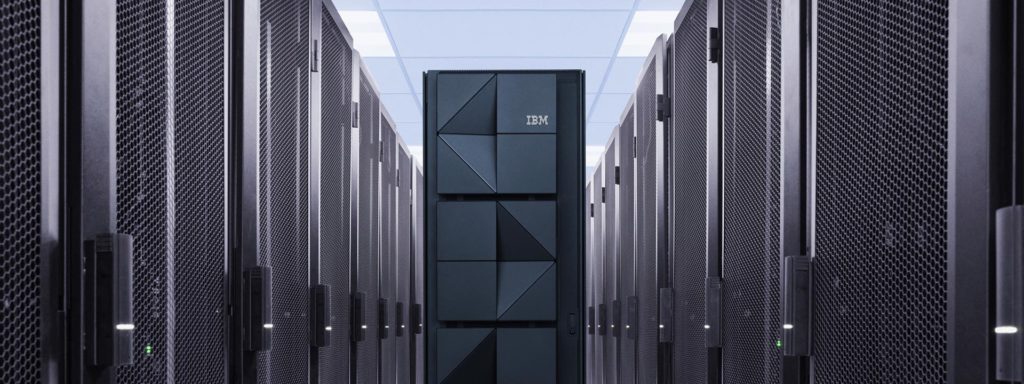Successful business organizations seldom rest on their laurels but that’s hardly a surprise. Between continually shifting markets, constantly evolving economic and political developments and competitors looking for exploitable opportunities, companies that fail to maintain forward motion often find themselves at a standstill.
But what part does technology play in all this? As processes of every sort become increasingly digitized, companies rely on IT developments to help them stay abreast or ahead of the crowd. In some cases, IT solutions and services help organizations better perform conventional tasks. In others, new or emerging offerings enable businesses to enjoy benefits that were difficult or impossible to capture with prior technologies.
Vendors promoting such “quest for the new” solutions often claim their products are valuable for “application modernization” efforts that just happen to shove existing, legacy systems out the data center door. But businesses can also capture similar or even superior benefits when system vendors successfully modernize those platforms. That’s a crucial point to remember regarding IBM’s latest LinuxONE mainframe systems and their new Secure Service Container technologies.
LinuxONE – All Linux, all mainframe, all the time
Originally launched in 2015, LinuxONE advanced IBM’s open source support by enabling customers to purchase Linux-only Z System mainframes. Competitive and technical reasoning drove the development of LinuxONE. Half of the company’s mainframe customers run Linux workloads, and open source development tools and solutions play key roles in enterprises everywhere. That’s particularly true in emerging and rapidly growing markets where IBM and other vendors are looking to spur new growth.
The original LinuxONE Rockhopper and Emperor solutions were notable steps ahead for the company and its customers, and the latest generation Emperor and Emperor II systems are equally or more forward thinking. How so? First, because if the addition of IBM’s new Secure Service Containers which provide significant, additional protection for applications running in container solutions and as-a-service environments, including Docker Enterprise Edition (EE).
IBM also uses the Secure Service Container framework to support its Blockchain Platform, formally referred to as the company’s High-Speed Business Network (or HSBN). In the new LinuxONE systems, it offers enhancements, like automatic encryption of both data in-flight and at-rest, and tamper resistance during installation and runtime. That will enable customers and ISVs to easily build and deploy their own containerized software services. The new Secure Service Container environment is entering Beta with a GA to be announced later.
More importantly, customers can take advantage of these new features without making any changes to applications running on-premises and in the cloud on LinuxONE. In other words, they can largely reduce efforts to build rote security features into container-based applications, thus enabling developers to focus on creating new features and capabilities. Additionally, LinuxONE offers the same massive scalability common in other IBM Z System mainframes; the new systems have been certified for Docker EE with integrated management and scale tested to support up to two million containers.
That number may be unimaginable for some people but it’s a critical point for many of IBM’s global enterprise customers, including telcos, cloud-as-a-service (CaaS) vendors and other service providers. The new LinuxONE Emperor II systems offer other advanced mainframe capabilities, including:
- Vertical scale to 170 cores, making it a powerful solution for enterprise server and workload consolidation
- Support for MongoDB Enterprise instances of up to 17TB in a single system without database sharding while achieving 2.4x more throughput and 2.3x lower latency (leveraging the additional available memory) than a LinuxONE Emperor solution
- Enhanced features for Java workloads, including integrated, pause-less garbage collection/disposal and up to 2.6X better performance than x86-based solutions
Evolutionary mainframe modernization
So what do these new solutions have to do with platform modernization and related issues? First, consider the unprecedented (for IT, anyway) age and accomplishments of the IBM mainframe. The company celebrated the platform’s 50th anniversary in 2014 and, just as it has for 50+ years, the IBM Z System continues to represent the highest standards and performance of enterprise class business computing.
That’s partly due to the quality of the mainframe’s core architecture but along with that are the substantial efforts IBM has made to ensure that the Z System fully supports customers’ current and emerging computing requirements and business needs. That process was apparent in the platform’s first three decades, as IBM kept pace with the rapid adoption and shifts in enterprise transaction processing and database functionality. But it heated up in the late 1990s as more and more business workloads were deployed online.
IBM’s support for Linux in the late 1990s was a watershed event for the company and open source communities but it also foreshadowed the addition of further, regular mainframe modernizations. Often, this was accomplished via the addition of new co-processors and accelerators, like the Integrated Facility for Linux (IFL), z Integrated Information Processor (zIIP, for DB2, XML and IPSec), and CryptoExpress (for cryptographic functions). But IBM also ensured that the Z System had a central role in new software development efforts, including the billions of dollars the company invested in Linux and other open source projects.
Those and other efforts reflected IBM’s perception of the direction its customers were going, its understanding of what they needed to get there, and its intention to ensure that mainframe solutions could and would help them achieve their goals. Just as the original IBM LinuxONE offerings underscored the important role that Linux plays in those efforts, the new generation solutions’ Secure Service Containers and other features highlight the growing importance of maximally securing and robustly scaling Docker and other container environments.
Final analysis
Next generation platforms typically provide important insights into an IT vendor’s core strategies and future plans. Oft times, generation-over-generation improvements are incremental or even pedestrian. However, occasionally vendors deliver next gen solutions designed to run rather than walk toward the future.
IBM’s new LinuxONE systems are starting out of the blocks quickly with Secure Service Container technologies that will help customers adopt, deploy and manage maximally secure Docker EE and CaaS solutions. The new LinuxONE platforms also deliver the goods in terms of heightened performance and scalability. Overall, these latest generation LinuxONE offerings richly deserve their Emperor and Emperor II designations, and spotlight the value that continuing, evolutionary platform modernization offers to IBM and its customers.
- Dell Concept Luna – Inspiring Sustainable Innovations with Circular Design - December 21, 2023
- AI Alliance: IBM, Meta, Dell and 50+ Founding Partners Pursue Open, Transparent and Safe AI Innovation - December 13, 2023
- Dell Technologies: Creative Partnering = GenAI Innovation - November 30, 2023




Comments are closed.